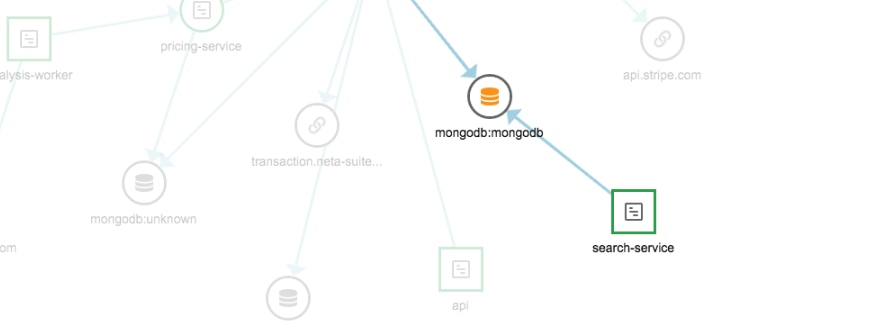Introduction
When I came to SolarWinds in 2020, I was quickly immersed in the world of developers, application engineers, and IT operations. As I started talking to more customers about their roles, I came to understand each of the job functions uniquely—each with distinct responsibilities completely independent of one another. But as I was researching the age-old conflict between developers and IT ops professionals, I was introduced to a word that has now oversaturated work life: DevOps.
An outsider learning about DevOps for the first time can easily get confused about what exactly it is. A recurring thread on Reddit refers to it as a job. It was founded as a philosophy. Technology providers leverage it as a marketing buzzword to try to connect with the right audience. But has this brilliant innovation truly been reduced to just a buzzword?
The History of DevOps
Many changes in technology helped lead to the introduction of DevOps. And though we can cover all of them here, without many of the tools supporting automation and continuous integration and continuous development (CI/CD), DevOps wouldn’t be possible. So let’s go back in time to 2005—Harry Potter and the Goblet of Fire was premiering in theaters, the Xbox 360 had a tight grip as the top video game console, and Green Day owned the radio with “Boulevard of Broken Dreams.”
Introduction of Git
The free, open-source version control system creates a distributed history of a code’s history for tracking, collaborating, and iterating. By combining access to the full repository by every individual and extensive branching capabilities, teams were able to start producing and launching higher-quality code.
Agile Methodologies and Best Practices
By transforming long-term work on monolithic code to manageable tasks and milestones (supported by the introduction of Git), development teams began to focus on incremental and iterative work. Agile methodologies help teams manage large, complex projects in software development.
DevOps
In 2008, a revolutionary idea was put into practice. Rather than looking at the development and management of applications as separate processes, this new practice looked at them as end-to-end, iterative processes. By doing so, DevOps was meant to put an end to the separation between developers and IT operations pros and foster better communication and collaboration.
Built on agile methodologies and the collaborative workflows Git brought, DevOps was a philosophy for ideal workflows that quickly grew in popularity.
DevOps Today
Since 2008, more and more organizations have adopted the DevOps philosophy, and traditional silos are being sunsetted. More and more developers and IT operations professionals are looking at how they can “get into DevOps.” There’s a Reddit subthread with over 207,000 members. There are books, podcasts, and roadmaps dedicated to teaching individuals how they can get started—an entire subindustry dedicated to the education of DevOps. In the past decade, it has become larger than itself, which brings us back to the question: is DevOps a buzzword now?
Conclusion
What do you think—how do you define DevOps? Is it a job title, a philosophy, or an entire industry? Has the saturation around DevOps turned it into a buzzword? We’d love to hear your thoughts on DevOps. Drop them below.
P.S.
Before we go, here’s a shameless plug: at SolarWinds, we’re all about simplicity—especially when it comes to infrastructure and application performance monitoring (APM). So kick those buzzword-fluffed alternatives to the curb and try out SolarWinds® AppOptics™ free for 30 days.













